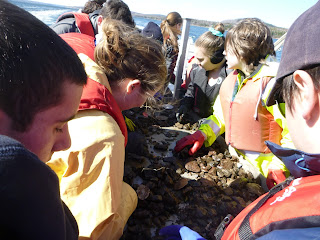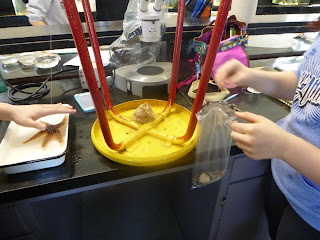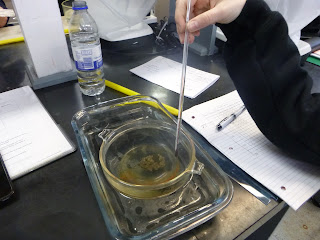Exploring the rocky intertidal zone.
The students found urchins and sea stars under this rock.
Studying plankton in the lab using microscopes.
Collecting plankton on the research vessel.
Sampling using a benthic drag.
Sea peaches collected from the bottom.
Using the salinometer to gather temperature and salinity data at different depths.
Counting the species sampled in the benthic drag.
Classifying the invertebrates collected while on the boat.
Identifying seaweed samples.
Gathering data for the zonation lab.
Collecting marine debris for the Great Canadian Shoreline Cleanup.
Data on the marine debris collected by the students.
Studying the anatomy of the super cool urchins!
Arthropod response to light behaviour lab.
Echinoderm flipping lab.
Testing barnacle feeding rates versus different temperatures.
Gathering data on invasive green crabs.
One of the females has an egg sac.



















































